
As we have written about previously, North Utah Valley Animal Shelter (NUVAS) in Lindon, Utah is one of only four known animal shelters in the entire country that are still killing animals via carbon monoxide gas chamber. Virtually every association of animal shelter and veterinary medical professionals agree: killing animals via gas chamber is outdated and inhumane.
It takes more time for an animal to lose consciousness and subsequently die in a carbon monoxide chamber than it does when euthanizing by injection. Exactly how much longer is debated. The Humane Society of Utah states that gas chamber euthanasia “can take up to 30 minutes” to bring about death in the animal, with “some animals surviv[ing] the terrifying process.” Nathan Winograd, former director at San Francisco SPCA and well-known shelter animal advocate echoes this 30 minute estimate. The last shelter in California that used a gas chamber reported to the media in 2016 that it took “15 minutes on average” for animals to die in their gas chamber. The World Society for the Protection of Animals (WSPA) states that CO euthanasia is “not acceptable” as a form of euthanasia, in part because it has a “[h]ighly variable time taken to lose consciousness and can take up to two minutes at 6% concentration” and that during this time “[v]ocalisations and agitation [are] observed in dogs and this may occur while they are still conscious.” Similarly, WSPA states that “[d]istressing side effects [are] observed in cats during induction.” The Safety Protocol in use at NUVAS states on line 15 that a “cycle” in the chamber is “approximately 16 minutes.”
However long the period of misery in the gas chamber lasts, before the animals die, they inescapably would start to experience some or all of the unpleasant symptoms of carbon monoxide poisoning including headache, confusion, nausea, and convulsions. One shelter director in Missouri described her experience watching a dog die in their gas chamber, stating that “the dog grasped [sic] for air before collapsing and didn’t die for about 10 minutes.” Soon after, this shelter dismantled its gas chamber.
Euthanasia by injection is cheaper and more humane and it should be adopted at NUVAS immediately. Euthanasia by injection is already the method in use at veterinary clinics and at nearly every animal shelter in Utah and elsewhere.
Every animal killed in the gas chamber at NUVAS is an individual with a story. UARC submitted state open records requests to try to learn more about some of the animals killed in the NUVAS gas chamber during the first quarter of 2021. We learned a lot from reviewing these records.
First, the good news: shelter intake & the number of animals euthanized are both much lower at NUVAS than they were during these same months in 2019. This is largely due to COVID, but the decrease is also in part due to increased social awareness of the important of animal adoption, spaying & neutering, and increased involvement of rescue groups. This should be celebrated.
During the months of January, February, and March of 2021, NUVAS killed 57 animals in its cruel gas chamber. Nearly all of the animals killed were cats who failed the shelter’s bizarre, unscientific and flawed “temperament test”, where the animal is exposed to various stimuli, including being hugged, pinched, or picked up by the scruff of he neck. Shelter staff then evaluate the cats’ behavior using a scale from 1 to 10. Animals who receive any score less than 4 or greater than 7 on any behavioral evaluation, fail the test. A failed test means the animal is ineligible for adoption or placement with a rescue organization, and they are killed in the gas chamber.
In case after case, the NUVAS “temperament test” appears to punish cats with a cruel death in a gas chamber for exhibiting fairly normal cat behavior, especially once you consider the cat has been suddenly placed in a strange and frightening new environment of a noisy and sterile animal shelter cage, with unfamiliar humans who are hugging and pinching them. It doesn’t make sense that the cat’s life would depend on their behavior in this circumstance.
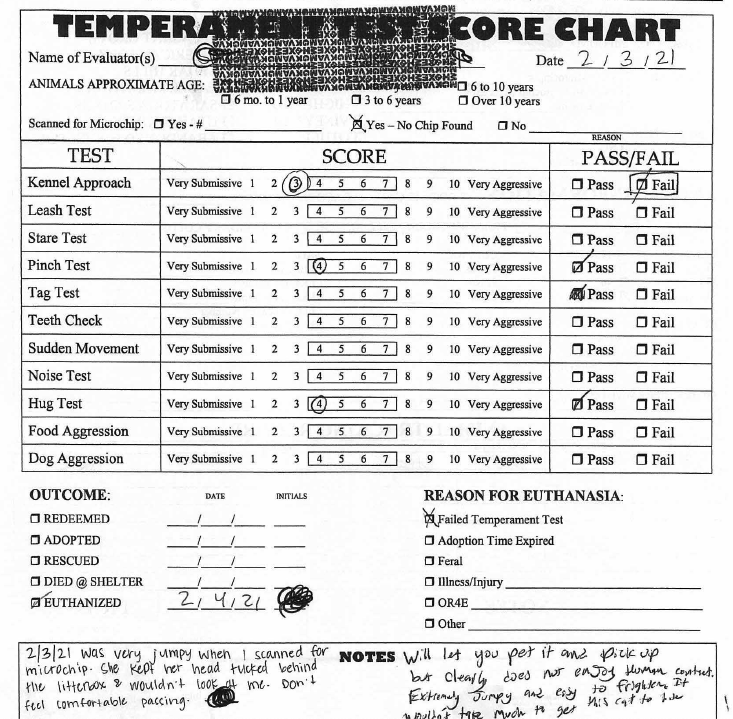
Shelter workers performing these tests are simply taking their cues from the misguided leadership at NUVAS, but reading their notes and looking at the tiny grainy pictures of the animals reveals heartbreaking story after heartbreaking story of individual animals who deserved better than being cruelly killed.


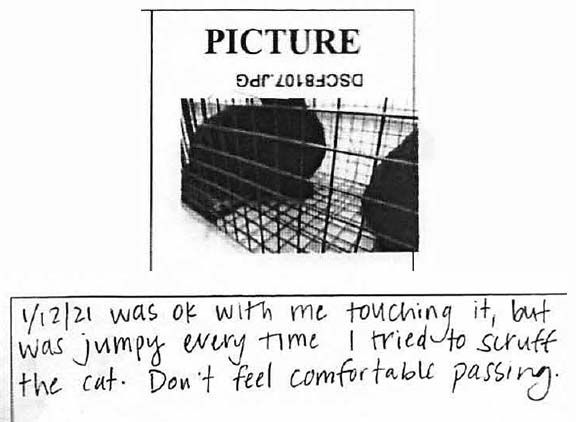
These three black cats (Intake Numbers 10, 11, and 12) were all brought into NUVAS on January 5, 2021. Based on the pictures and the records, it appears they were likely trapped together in Lindon, and may all belong to the same litter. All three of them “failed” the temperament test, with staff writing that they were “jumpy” or “cautious.” As a result, the following day, January 13, they were all trapped inside a sealed gas chamber at NUVAS that slowly filled with carbon monoxide until all of them died from CO exposure or asphyxiation.
As I read through these intake records from NUVAS, I couldn’t help think of my own beloved fat orange cat, Turbo, who was rescued from the wonderful local rescue group Community Animal Welfare Society. At first, Turbo was a foster cat, and I was expected to periodically take him to “adoption events” where the public regularly trafficked in order to find a permanent home for him.
I took Turbo to his first adoption event at a Salt Lake City PetSmart, where he was on display alongside dozens of other cats looking for permanent homes. When I went to pick Turbo up at the end of the event, I was greeted by what can only be described as a feline version of Cujo, with Turbo hissing and angrily swatting at me. Although some of the other cats tolerated the adoption event with a docile disposition, Turbo was clearly unhappy to have been left in this unfamiliar environment and kept in a cage. A decision was made that this would be Turbo’s first and last adoption event, and we adopted Turbo, making him our first and only “foster fail.”
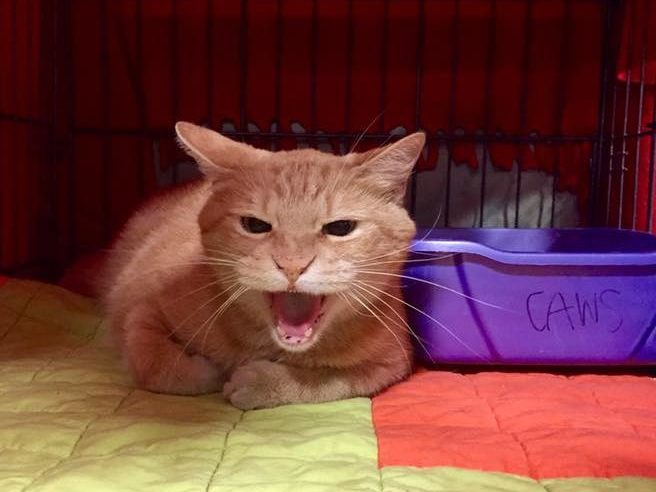
Although Turbo is a wonderful and affectionate companion in our home, in the strange and frightening environment of a cage in PetSmart, he was terrified and acted “unfriendly.” If Turbo ever ended up at NUVAS, there is no question in my mind he would fail their “temperament test” and be killed in a gas chamber soon after. It’s a horrifying thought. Perhaps you, too, have a cat who hates being placed in a carrier and making a trip to the veterinarian. Ask yourself, would they survive the NUVAS temperament test, or would they end up gassed to death simply because they hiss or don’t like it when strangers pick them up?
Clearly, something is going very wrong at NUVAS. Shelters are supposed to be a safe haven for lost, injured, or sick animals in the community, and they are expected to have a baseline understanding of animal behavior. Instead, NUVAS refuses to adopt humane best practices for euthanasia, and it appears to almost be in search for reasons to keep killing cats in their gas chamber.
This shelter must be reformed, and we need your help. NUVAS is a “Special Service District” that provides animal shelter & control services to residents of a number of towns in northern Utah County. UARC has already reached out repeatedly to the City Councils and mayors in these towns and asked them to change their contract with NUVAS to prohibit the use of the gas chamber to kill animals. We need your help – especially if you are a resident in one of these towns – to increase the pressure on these cities to do the right thing.
You can submit your own message to these city councils and mayors by clicking the links below:
Below are a few more examples of animals killed in the gas chamber at NUVAS in the first three months of 2021, alongside the reasons staff gave to justify their deaths. It’s time to bring this barbaric practice to an end.


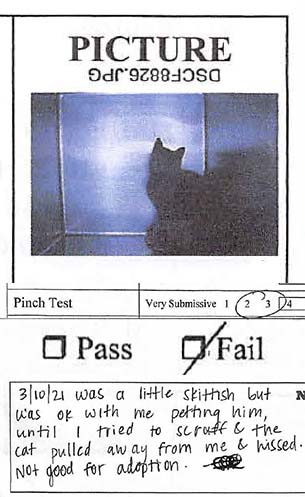
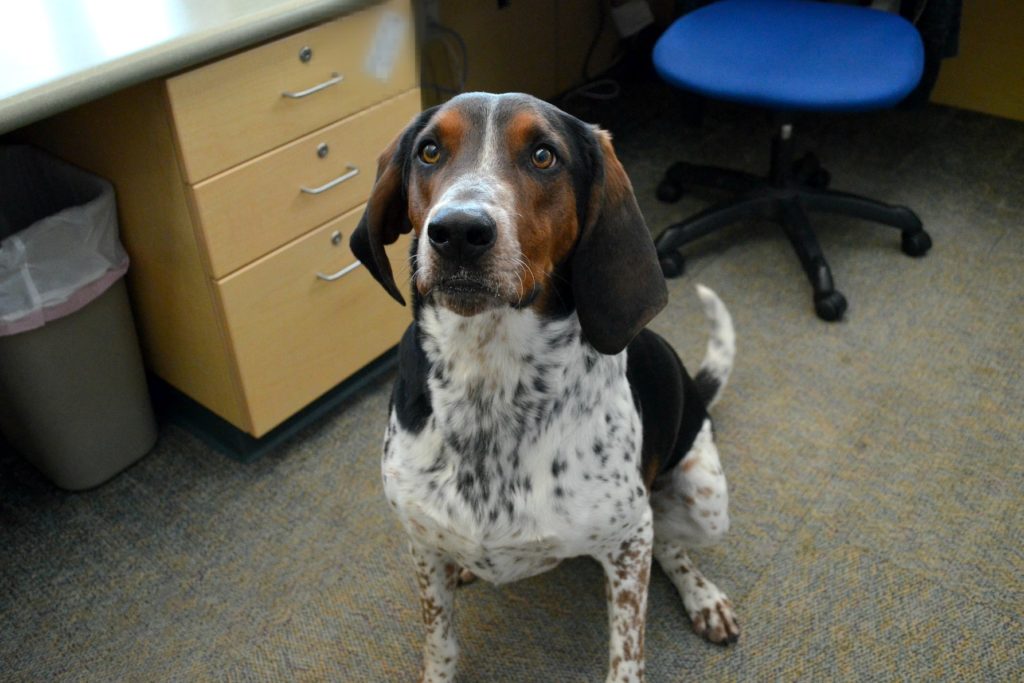





Editor’s note: this blog was edited on May 21, 2021 to add more details regarding the apparent elapsed time required for an animal to lose consciousness and die in a carbon monoxide chamber. Our original statement said simply that it can take “as long as 30 minutes” for an animal to die in a carbon monoxide chamber. NUVAS Director Tug Gettling wrote to UARC stating that he believed this statement was inaccurate, so we added more details to provide greater context and clarity on this point. UARC also relayed to Mr. Gettling that he is welcome to send videos of his shelter’s gas chamber in use. UARC would promptly post these videos so that elected officials and members of the public can judge the process for themselves.







